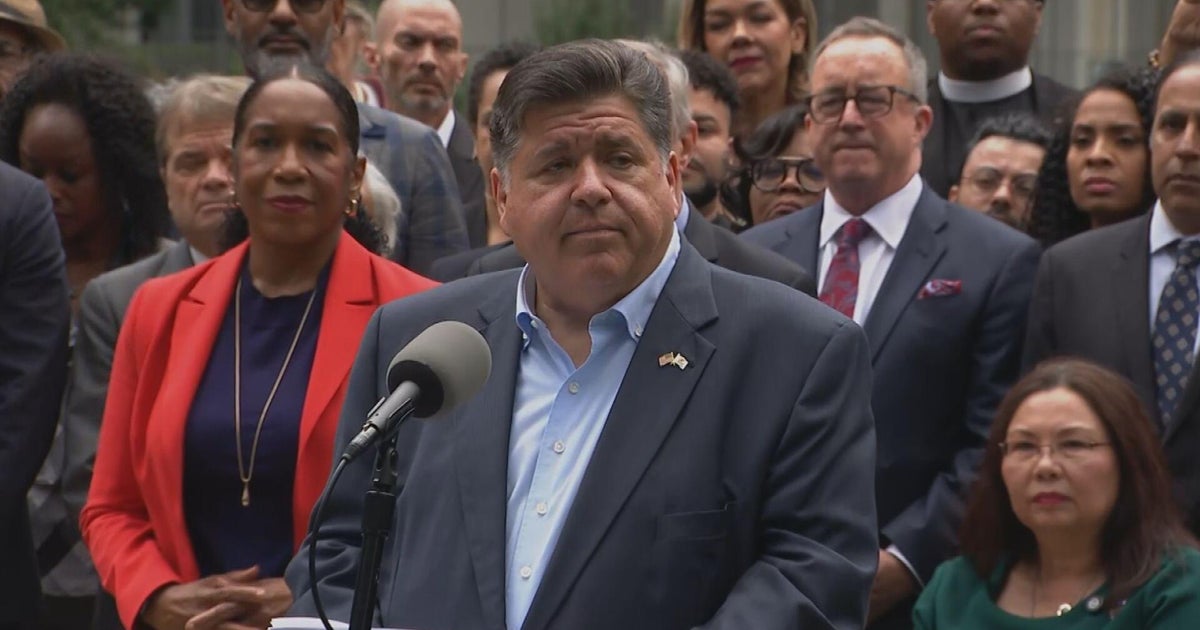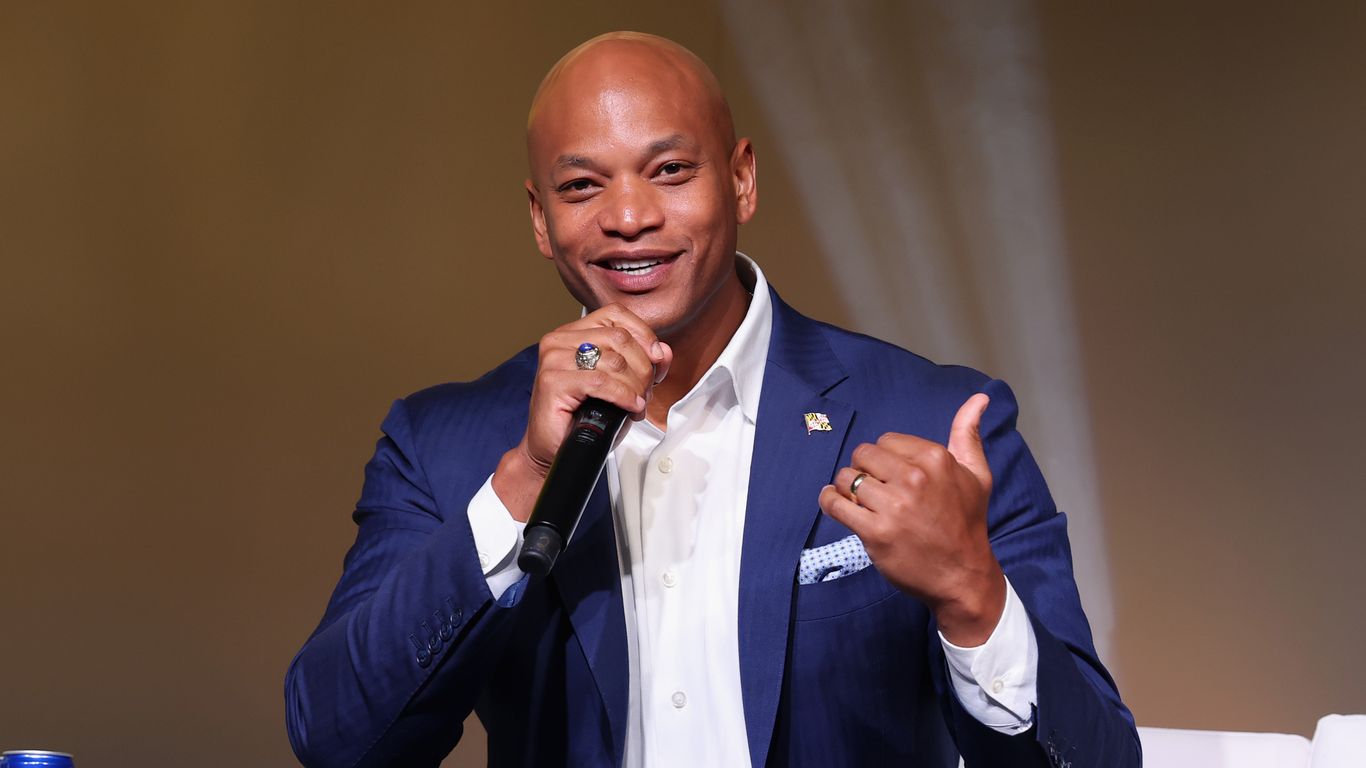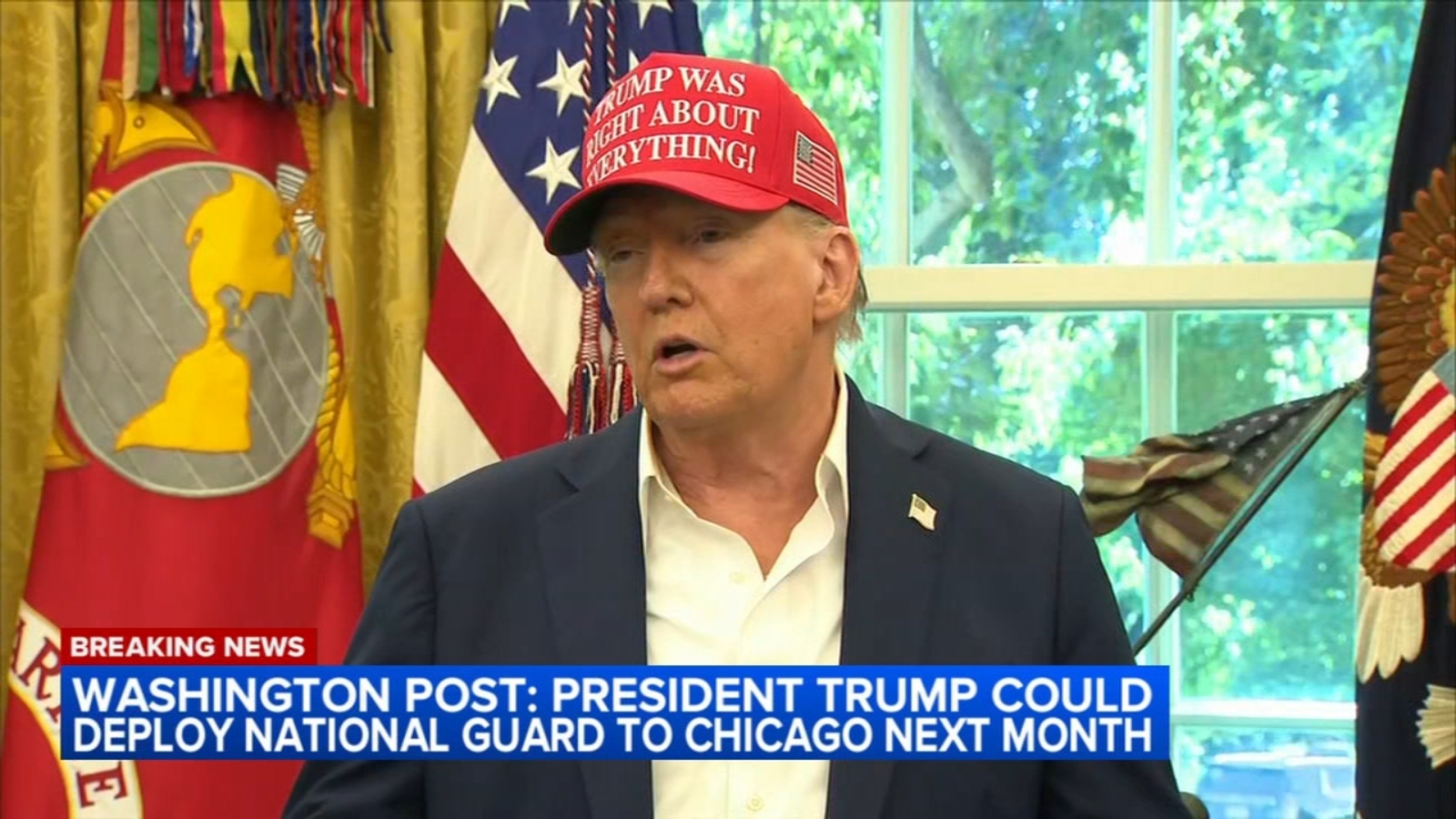Illinois Governor Takes Stand Against Military Intervention

Introduction
The state of Illinois is standing strong against the recent threats made by President Donald Trump. After the president's statement that he may use the military to "invade" states, Illinois Governor JB Pritzker has taken action to prevent this from happening. This comes as a response to the ongoing protests in the city of Chicago, and the governor has launched a resistance campaign to protect the state from potential military intervention.
Key Details
The governor has made it clear that he will not allow the president to use military force against his state. He has called upon other governors to join him in this resistance campaign and has stated that he will do everything in his power to protect the citizens of Illinois. Pritzker's strong stance comes amidst growing tensions between the federal government and state leaders, as protests continue across the country in response to police brutality and racial injustice.
Impact
This resistance campaign has the potential to set a precedent for other states to stand up against the use of military force by the federal government. It also highlights the growing divide between state and federal leaders, as well as the ongoing social and political issues that have brought about these protests. This is an important moment in history, as states are taking a stand to protect their citizens and uphold their rights, despite the threats made by the president.
About the People Mentioned
Donald Trump
Donald John Trump, born June 14, 1946, in Queens, New York, is an American businessman, media personality, and politician. He graduated from the University of Pennsylvania’s Wharton School in 1968 with a degree in economics. In 1971, he took over his family’s real estate business, renaming it the Trump Organization, through which he expanded into building and managing skyscrapers, hotels, casinos, and golf courses. Trump gained widespread fame as the host of the reality TV show *The Apprentice* from 2004 to 2015, which helped establish his public persona as a successful entrepreneur. Trump entered politics as a Republican and was elected the 45th president of the United States, serving from 2017 to 2021. His presidency was marked by significant policy actions including tax cuts, deregulation, the appointment of three Supreme Court justices, renegotiation of trade agreements (notably replacing NAFTA with the USMCA), and a focus on immigration control including border wall expansion. He withdrew the U.S. from international agreements such as the Paris Climate Accord and the Iran nuclear deal, and engaged in a trade war with China. His administration’s response to the COVID-19 pandemic was criticized for downplaying the virus’s severity. Trump was impeached twice by the House of Representatives—first in 2019 for abuse of power and obstruction, and again in 2021 for incitement of insurrection—but was acquitted by the Senate both times. After losing the 2020 election to Joe Biden, Trump challenged the results, culminating in the January 6, 2021, Capitol riot. He remains a central figure in American politics, having won the 2024 presidential election and returned as the 47th president in 2025, continuing to promote policies aimed at economic growth, border security, and military strength[1][2][3][4].
About the Organizations Mentioned
Federal Government
The **Federal Government of the United States** is the national governing body established by the U.S. Constitution, operating under a system of federalism where power is shared between the national government and the 50 individual states[1][3]. It is divided into three distinct branches—**legislative**, **executive**, and **judicial**—each with constitutionally defined powers designed to balance and check one another to prevent any single branch from becoming too powerful[1][2][5]. The **legislative branch**, embodied by the bicameral Congress (the House of Representatives and the Senate), is responsible for creating laws, declaring war, regulating interstate and foreign commerce, and controlling federal taxing and spending policies[2][6]. The **executive branch**, headed by the President and including the Vice President and 15 Cabinet-level departments, enforces laws and manages federal agencies[2][6]. The **judicial branch** includes the U.S. Supreme Court and lower federal courts, tasked with interpreting laws and ensuring they comply with the Constitution[2][5][7]. Historically, the federal government was established in 1789 following the ratification of the Constitution, which laid the foundation for a representative democracy and division of powers. It has since grown to govern a nation of 50 states with diverse populations and territories, including the District of Columbia and sovereign Indigenous tribes under federal jurisdiction[1][4]. The government’s structure symbolizes stability and democratic governance, with Washington, D.C. serving as the central seat of power[1][4]. Key achievements include establishing a comprehensive legal framework that balances federal and state powers, managing national defense and foreign policy, and continually adapting to technological and societal changes. The government oversees numerous agencies that drive innovation, security, and public services, such as the Federal Bureau of Investigation and National Oceanic and Atmospheric Administration[1]. Today, the federal government remains a critical institution influencing business, technology, and societal progress, maintaining constitutiona









